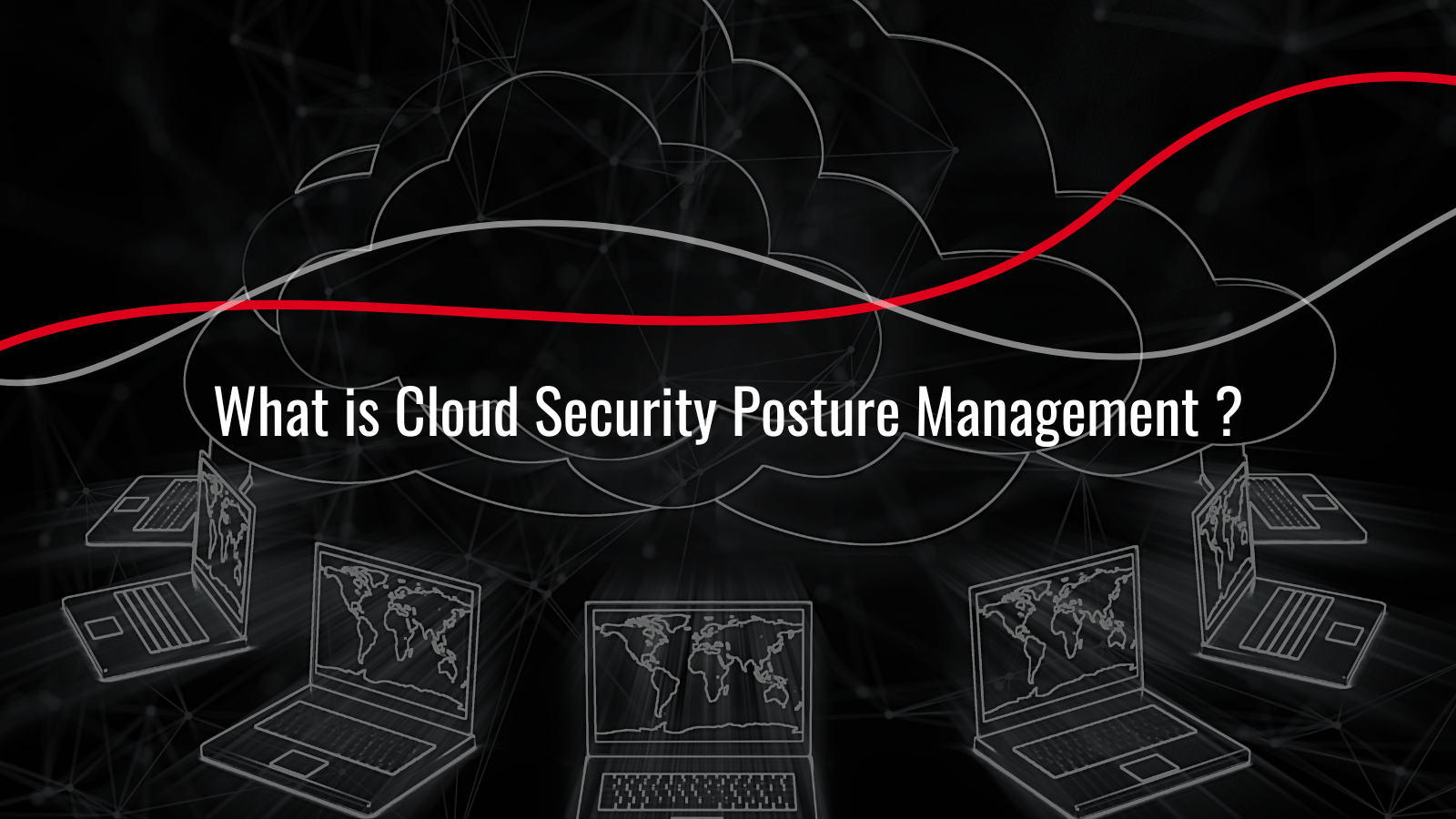How to Protect Customer Data from Cyberattacks
Customer data is information about customers obtained in a first-party context. Customers desire to be in control over their data because they do not trust how companies handle it.

Business organizations adopt cloud computing to leverage its efficiency , worldwide accessibility, and unmatched performance. Cloud security is always at the forefront when transforming from on-premises assets to an online infrastructure model.
In response to these difficulties, a new solution called Cloud Security Posture Management (CSPM) has gained popularity. CSPM offers an efficient approach to protecting the cloud's resources.
The ability to provide visibility and maintain up-to-date compliance is the primary functionality of CSPM, which relieves specialists of a significant amount of manual labor. This article explains what the CSPM is, how it functions, what it offers, and what makes it a comprehensive approach.
Cloud Security Posture Managamet (CSPM) is a suite of cloud security tools and technologies that mitigate the dangers inherent in moving to the cloud. The term "security posture" characterizes a company's preparedness to detect and respond to cyberattacks. To this end, large companies with sophisticated databases, might benefit from using cloud security posture management (CSPM).
By assisting with the remediation of vulnerabilities and misconfigurations, security monitoring of mission-critical cloud resources like PaaS and IaaS, and incident response for cloud-based threats, CSPM is a cornerstone of compliance in the cloud.
Accidental misconfigurations are common and easy to make. Since APIs allow for the programmability of public cloud infrastructure, a single misconfiguration can make systems or sensitive data vulnerable to exposure via the internet.
Common problems are limited visibility and not fully understanding interacting components like storage containers. It makes it difficult for the IT staff to give the least required privileged permissions, which can result in the misuse of a weak source to gain access to highly sensitive data, causing a catastrophic data breach.
Due to the cloud system's complexity and dynamism, security concerns have been rising in tandem with its adoption by businesses. Following are some of the cloud security risks that CSPM can help businesses to avoid:
Auto-detection and -repair of cloud misconfigurations is a key feature of CSPM. This enables CSPM to continuously monitor, scan, and analyze SaaS and PaaS services. The following are the fundamental advantages of CSPM:
CSPM technologies save security experts the trouble of learning and spotting business requirements. It gathers all the necessary information automatically and maps configurations to compliance guidelines.
IT staff will be able to see all cloud assets, configurations, and apps in one centralized inventory on the platform dashboard, complete with detailed reporting and alerts, for services like Amazon Web Services (AWS), Microsoft Azure, Office 365, and Google Cloud Platform.
CSPM provides real-time threat detection of cyber threats such as insufficient encryption and improper account permissions, as well as automation, which is the most critical parts of cybersecurity. Moreover, it constantly checks the regulations and security standards, including HIPAA, PCI-DSS, ISO 27001, and NIST CSF, for compliance as part of the ongoing monitoring.
Several CSPM solutions have automatic remediation methods to prevent problems from becoming full-blown security incidents. In addition, these methods rank risks, suggest strategies, and may even implement them. So, experts don't have to spend as much time manually addressing security issues.
CSPM provides a comprehensive approach to cloud security by offering centralized management and control of security policies and protocols. This helps organizations to maintain consistent security across all their cloud environments, reducing the risk of data breaches.
CSPM enables organizations to automate security tasks, reducing the workload on security teams and freeing up resources for more strategic initiatives. It provides peace of mind to organizations that their cloud environment is secure and compliant, enabling them to focus on their core business objectives.